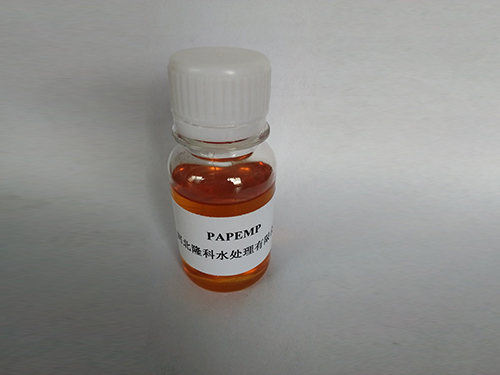Understanding the Properties and Applications of Polyacrylamide for Various Industrial Uses
Understanding Polyacrylamide Applications and Importance
Polyacrylamide (PAM) is a high molecular weight polymer that is widely used in various industrial applications due to its unique chemical properties. This versatile polymer, which is derived from acrylamide monomers, has gained significant attention in fields such as water treatment, oil recovery, and agriculture for its ability to form hydrogels and its capacity to enhance the performance of specific processes.
Understanding Polyacrylamide Applications and Importance
In the realm of water treatment, polyacrylamide serves as a flocculant. Water treatment facilities utilize PAM to aid in the aggregation of suspended particles in wastewater. When added to wastewater, it allows for the clumping together of solids, which can then be removed more easily during the filtration process. This application not only improves the clarity of water but also enhances the efficiency of the treatment process. Incorporating PAM in the treatment process can lead to reduced operational costs, less energy consumption, and overall enhanced performance.
polyacrylamide p3

The oil and gas industry also benefits from polyacrylamide's properties. In enhanced oil recovery (EOR) processes, PAM is used to improve the viscosity of water injected into reservoirs, thereby ensuring that oil is more effectively displaced and recovered. This application is crucial in maximizing the amount of oil extracted from reservoirs, contributing directly to the efficiency and sustainability of oil recovery operations.
Aside from its industrial uses, polyacrylamide is also making strides in biomedical fields. The polymer can be utilized in the creation of hydrogels for drug delivery systems and tissue engineering. Its biocompatibility and ability to form stable networks make it an attractive candidate for medical applications, providing a pathway for sustained release of therapeutic agents in the body.
However, the use of polyacrylamide is not without concerns. Acrylamide, the monomer used to produce PAM, is classified as a potential carcinogen. This concern has led to increased scrutiny of polyacrylamide formulations and their applications, especially in soil and water safety. Researchers are constantly working on developing safer alternatives or modified versions of PAM that maintain its beneficial properties while minimizing health risks.
In conclusion, polyacrylamide is a multifaceted polymer with essential applications across various industries, ranging from agriculture and water treatment to oil recovery and biomedical fields. It plays a critical role in enhancing efficiency and sustainability in numerous processes. As research continues to advance, the ongoing development of safer versions of polyacrylamide will likely expand its applications and mitigate associated risks, underscoring the importance of this remarkable polymer in modern technology and environmental management.
-
Pbtc Scale InhibitorPBTC: A Scale Protector for Industrial Water TreatmentNewsAug.05,2025
-
Organic Phosphonate: An Efficient Defender in the Field of Scale InhibitionNewsAug.05,2025
-
Hydrolyzed Polymaleic Anhydride: Green Pioneer in Scale Inhibition FieldNewsAug.05,2025
-
PAPEMP Polyamino Polyether Methylene Phosphonic Acid For SaleNewsAug.05,2025
-
Flocculant Water Treatment: A Pioneer in Purification in the Field of Water TreatmentNewsAug.05,2025
-
Benzyl Isothiazolinone: An Efficient and Broad-Spectrum Antibacterial Protective GuardNewsAug.05,2025





